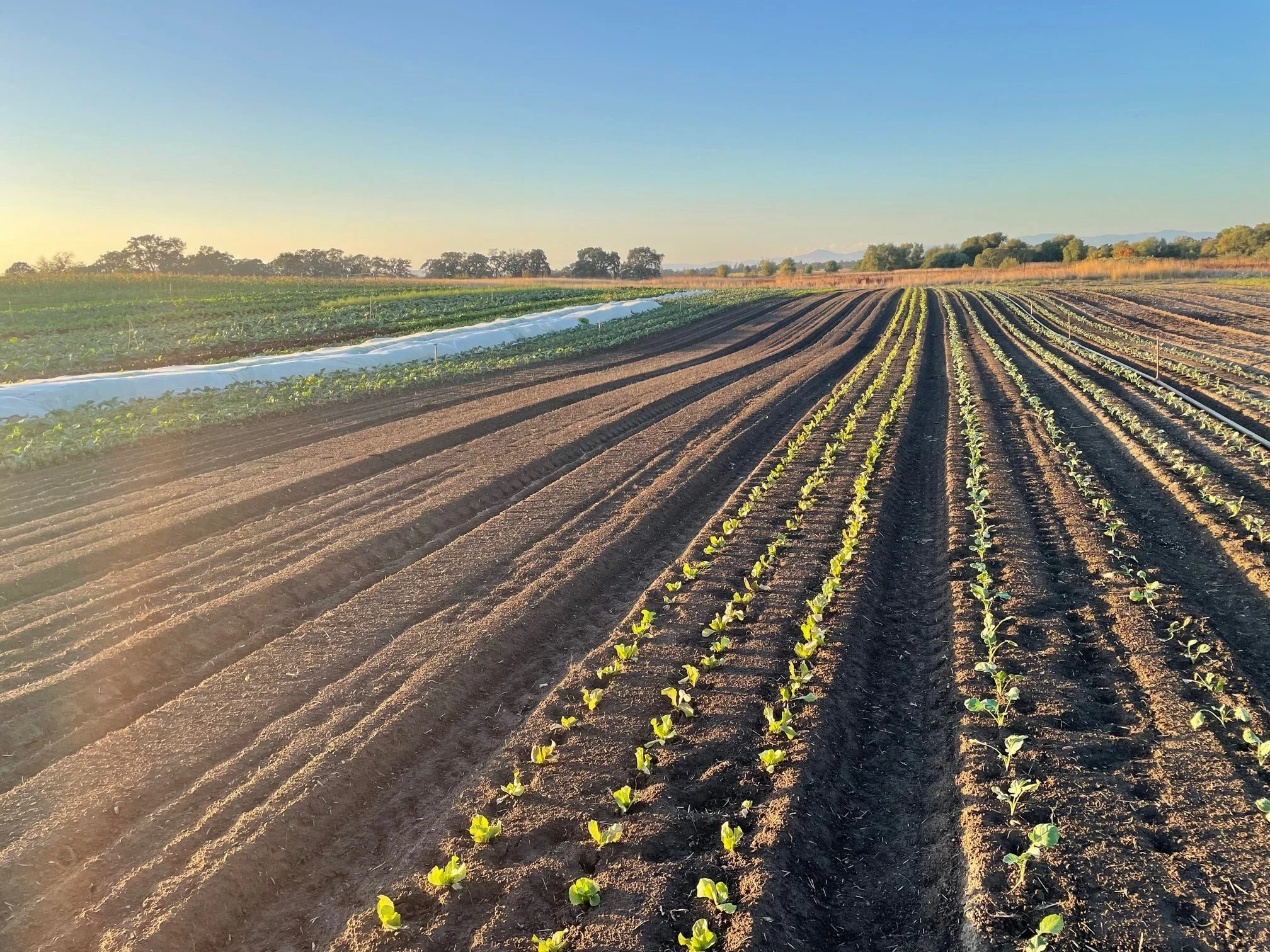A plate of boiled vegetables can be dinner, with soup and thickly cut toast rubbed with garlic and drizzled with olive oil. If you boil a few different vegetables, cook each separately. Dress each of them like you do broccoli, with olive oil, and if they’re roots or tubers, like turnips or potatoes, add a splash of white wine vinegar or lemon while they’re hot.
Once you have a vegetable cooked, you can cook a pound of pasta in the same water and use the boiled vegetable to make a wonderfully sedate, dignified sauce by adding a little of the pasta water, good olive oil, and freshly grated cheese.
Boiled broccoli and cauliflower both take particularly well to this.
Put two cups of either vegetable, boiled until completely tender and still warm, in a big bowl and leave it near the stove. Bring its water back to a boil and adjust its seasoning. If the water is too salty, add a bit of fresh water. When the water returns to a boil, add a pound of short pasta, like penne, orecchiette, or fusilli.
While the pasta is cooking, smash your vegetable a little with a wooden spoon and grate a cup of Parmesan or Pecorino cheese into the bowl.
Taste a piece of the pasta by scooping it out with a slotted spoon. When the pasta is nearly done, remove a glass of the pot’s murky water. This will help unite pasta, vegetable, and cheese. If you think you’ve pulled the water out before it’s as starchy and salty as it can be, pour it back and return for saltier, starchier water a minute or two later.
Scoop the pasta out with a big, handheld sieve or drain it through a colander and add it to the bowl with the vegetable and cheese, along with a quarter cup of pasta water, and mix well somewhere warm. This is always a good idea when you combine ingredients. Heat is a vital broker between separate things: warm ingredients added to warm ingredients are already in a process of transforming. They’re open to change.
This pasta is good as is, but is improved by a big handful of chopped raw parsley or toasted breadcrumbs.”
WINTER SISTER FARM CSA STARTING SOON!
Going to miss us this winter? Well you’re in luck! Our dear friends next door at Winter Sister Farm have got you covered with the freshest veggies money can buy all winter and spring.
Memberships include diverse winter-hardy veggies such as broccoli, carrots, potatoes, onions, winter squash, lettuce, kale, chard, as well as access to a small u-pick garden with cold hardy herbs and spring flowers. Click here to get all the details on this wonderful CSA program and to reserve your spot today!
FARMER’S LOG
Co-Creation
Today we wanted to leave you with the inspiring words of our distant comrade in farming, Cate Casad of Casad Family Farms in Madras, Oregon.










